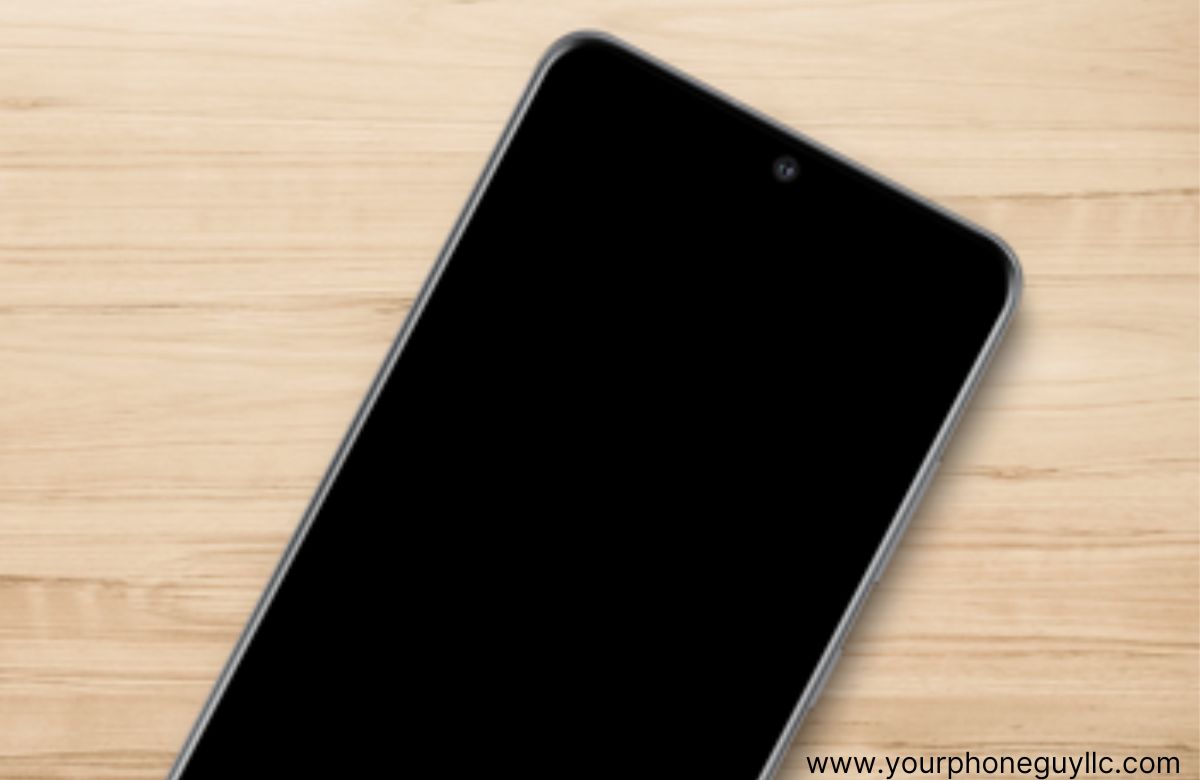How To Check LCD Display Is Working Or Not
In today's digital era, LCD (Liquid Crystal Display) screens are everywhere, from smartphones and laptops to televisions and monitors. These sophisticated displays offer stunning visuals, but LCD problems are one of the most common types of phone screen damages. However, understanding LCD technology is essential before diagnosing display issues. LCD screens comprise layers, including a liquid crystal layer between polarized glass panels. When an electric current passes, liquid crystals manipulate light to create images. Disruptions can cause problems.
Assessing an LCD's functionality begins with a visual inspection for cracks, lines, or dark spots, indicating damage or faulty pixels. Displaying solid colors detects dead or stuck pixels. Built-in tools in devices like smartphones aid issue identification. Grayscale images reveal subtle irregularities. Backlight checks are vital, as malfunctions lead to uneven illumination. Dead pixel test videos online help identify issues. Some devices offer built-in tests assessing color accuracy and functionality. Professional help from a reliable phone repair company is advised if needed. Preventive measures include careful handling, avoiding direct sunlight, proper cleaning, and software updates for optimal performance and longevity. In this blog, we'll walk you through step-by-step methods to check the functionality of an LCD display and diagnose common problems.
Understanding LCD Technology
Before delving into the diagnostic process, let's briefly understand how LCD technology works. LCD screens consist of multiple layers, including a liquid crystal layer sandwiched between two polarized glass panels. When an electric current is applied, the liquid crystals manipulate light to produce images on the screen. Any disruption in this process can result in display issues.
Initial Visual Inspection
The first step in assessing an LCD display's functionality is a visual inspection. Turn on the device and look closely at the screen. Do you see any cracks, lines, or dark spots? These visible defects can indicate physical damage or malfunctioning pixels. If you notice any irregularities, it's a clear sign that the display requires attention.
Displaying Solid Colors
One of the simplest methods to check an LCD display is to display solid colors. This helps identify dead or stuck pixels, which appear as tiny dots that do not change color. There are various online tools and applications designed to display solid colors. Simply open one of these tools and set the display to show pure red, green, blue, white, and black screens. Carefully examine each color for any inconsistencies.
Using Built-in Diagnostic Tools
Many devices, including smartphones and monitors, come with built-in diagnostic tools. These tools can help identify and address display issues. For example, some monitors have a pixel test feature that cycles through different colors to uncover dead or stuck pixels. Check your device's user manual or settings menu to see if any diagnostic tools are available.
Displaying Grayscale Images
Grayscale images can reveal subtle display irregularities, such as color imbalances or uneven brightness levels. Open a grayscale image on your device and carefully examine the entire screen. Pay attention to whether all areas of the display appear uniform in terms of brightness and color.
Checking for Backlight Issues
In LCD displays, the backlight provides the illumination necessary for the screen to be visible. Backlight issues can lead to uneven brightness, dark spots, or a completely black screen. To check for backlight problems, find a completely dark room and turn on the device. If you see faint or uneven illumination, it's an indication of a backlight problem.
Dead Pixel Test Videos
There are videos available online specifically designed to test for dead or stuck pixels. These videos typically cycle through different colors and patterns. By watching these videos on your device, you can easily spot any pixels that are not functioning properly. Keep in mind that these videos may not work on all devices, but they can be a quick and convenient way to perform a basic test.
Running Display Tests
Some devices, especially smartphones and laptops, have built-in display tests that can be accessed through specific key combinations during startup. These tests assess various aspects of the display, including color accuracy, contrast, and pixel functionality. Refer to your device's manual or online resources to find the appropriate key combination for accessing these tests.
Seeking Professional Help
If you've tried the above methods and still suspect that your LCD display is not functioning correctly, it might be time to seek professional help. Contact the manufacturer's support team or a certified technician who specializes in display repairs. They can diagnose the issue accurately, fix LCD damage repairs and most importantly provide recommendations for repair or replacement.
Preventive Measures
Prevention is always better than cure. To prolong the life of your LCD display and minimize the risk of issues, follow these preventive measures:
Handle with Care: Avoid dropping or applying excessive pressure to the screen.
Keep Away from Direct Sunlight: Prolonged exposure to direct sunlight can damage LCD displays.
Use Appropriate Cleaning Methods: Use a soft, microfiber cloth to clean the screen. Avoid using abrasive materials or harsh chemicals.
Update Software: Keeping your device's software updated can help prevent compatibility issues that may affect the display.
Conclusion
In conclusion, understanding how to check if an LCD display is working or not is essential for maintaining the functionality of your devices. By following these methods, you can identify common display issues and take appropriate actions to address them. Whether it's a dead pixel, backlight problem, or color inconsistency, being able to diagnose and troubleshoot display issues empowers you to make informed decisions about repair or replacement, ensuring that you continue to enjoy optimal visual experiences across your devices.
So, if you’re looking to get high-quality LCD and phone repair services at the most market-competitive price, then you should look no further than Your Phone Guy.
For more information, contact us or visit our website.


